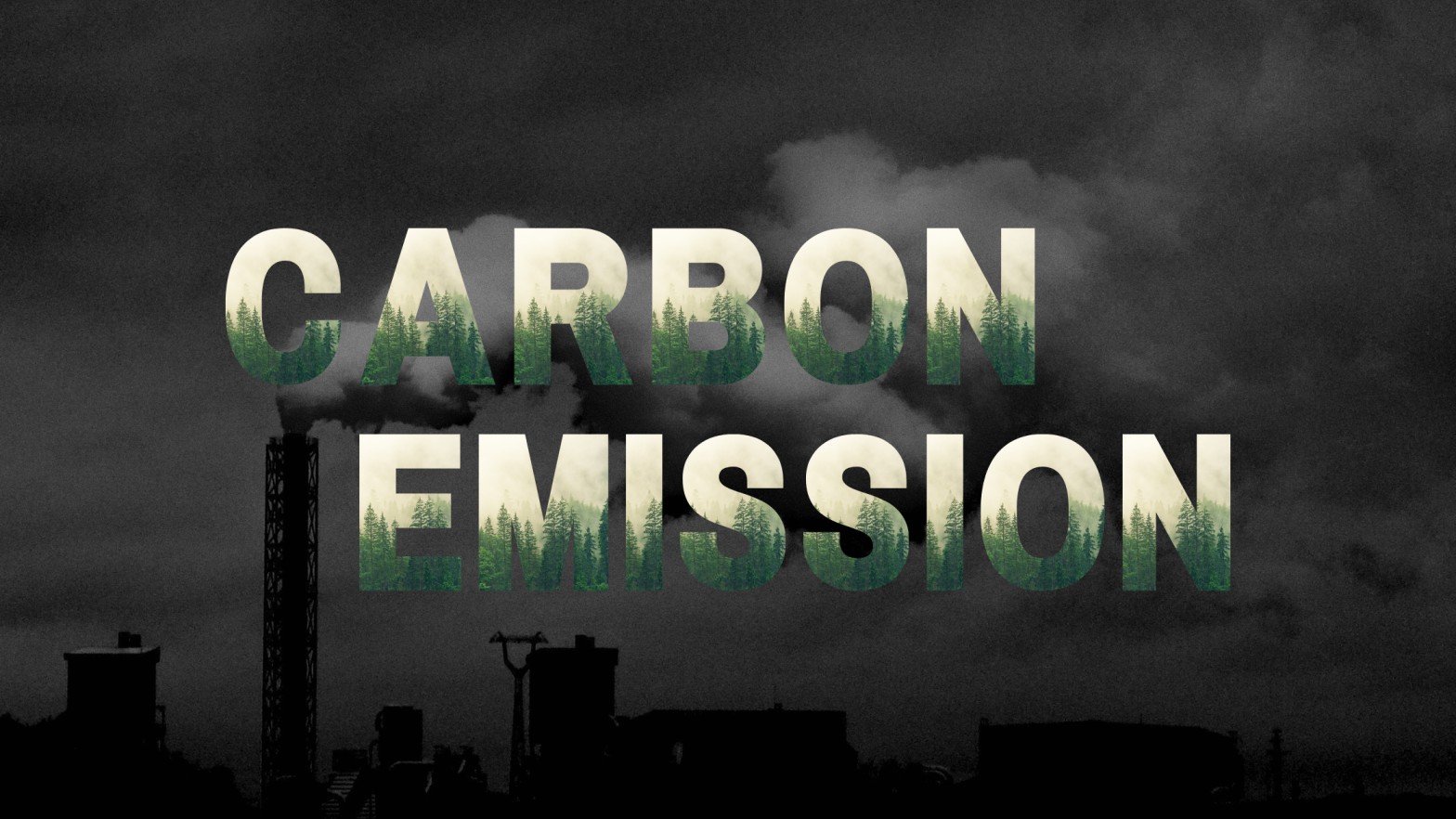
Understanding Carbon Emissions and Taking Action for a Sustainable Future
Climate change is largely attributed to carbon emissions, particularly carbon dioxide (CO2). It’s critical to comprehend the sources, effects, and most significantly, the remedies to tackle this global crisis as long as human activities continue to release excessive amounts of carbon into the atmosphere. The complexities of carbon emission, their effects on the environment, and practical methods we can take to minimise them will all be covered in this blog. We can clear the road for a sustainable future by working together.
What are Carbon Emissions?
Carbon emissions are the atmospheric emission of greenhouse gases like carbon dioxide. Human activities like the use of fossil fuels for energy, deforestation, industrial processes, and transportation are the main causes of carbon emission. These emissions cause the greenhouse effect, which causes climate change, by trapping heat in the Earth’s atmosphere.
The Consequences of Carbon Emission:
Our Earth suffers grave consequences from rising carbon emissions. The effects of climate change are extensive, ranging from severe weather conditions like storms and droughts to rising sea levels and the extinction of species. Recognising the urgency of controlling carbon emission is essential if we are to lessen these effects and guarantee future generations a sustainable future.
Reducing Carbon Emissions:
A. Transition to Renewable Energy
It is imperative to move away from fossil fuels and towards renewable energy sources like solar, wind, and hydropower. Carbon emissions can be significantly reduced by funding clean energy infrastructure and promoting laws that encourage the use of renewable energy.
B. Energy Efficiency
Energy efficiency improvements can significantly reduce the amount of carbon emissions produced by our homes, workplaces, and enterprises. Utilising cost-effective measures to fight climate change includes utilising energy-efficient appliances, insulating buildings, and improving industrial processes.
C. Sustainable Transportation
Carbon emissions are largely caused by transportation. Carbon footprints can be considerably reduced by embracing eco-friendly alternatives like electric cars, encouraging public transit, and adopting biking and walking.
D. Forest Conservation
As trees collect CO2 from the atmosphere, deforestation increases carbon emissions. Reforestation programmes and the protection of existing forests can help balance carbon emission and maintain important ecosystems.
E. Carbon Offsetting
Supporting initiatives that cut greenhouse gas emission is known as carbon offsetting, and it is done to make up for our own carbon footprint. This covers programmes like supporting forestry efforts or investing in green energy projects.
The Role of Innovation:
The fight against carbon emissions is greatly aided by technological developments. Promising solutions include developments in clean energy, carbon capture and storage, sustainable agriculture, and circular economy strategies. Accelerating the shift to a low-carbon future requires support for research and development in these fields.
Conclusion
It is vital and everyone’s duty to reduce carbon emissions. We can significantly reduce climate change by being aware of the causes and effects of carbon emission and actively adopting sustainable practises. Let’s embrace renewable energy, advance energy efficiency, push for environmentally friendly transportation, save our forests, and back creative ideas. We can all benefit from a greener, healthier, and more sustainable future if we work together.




